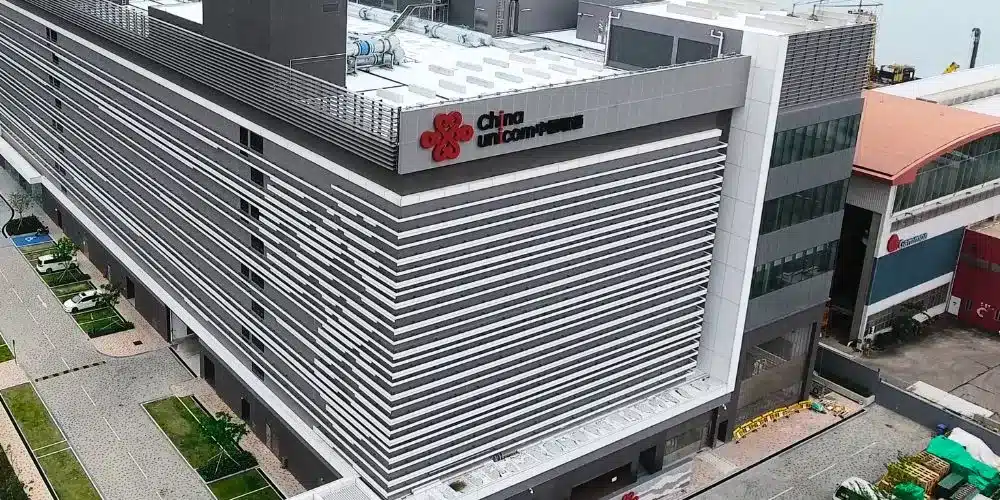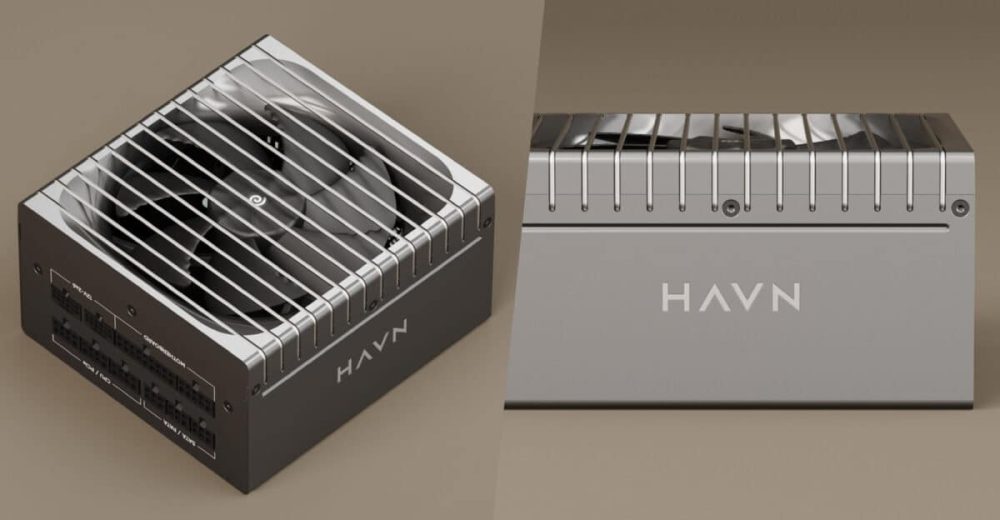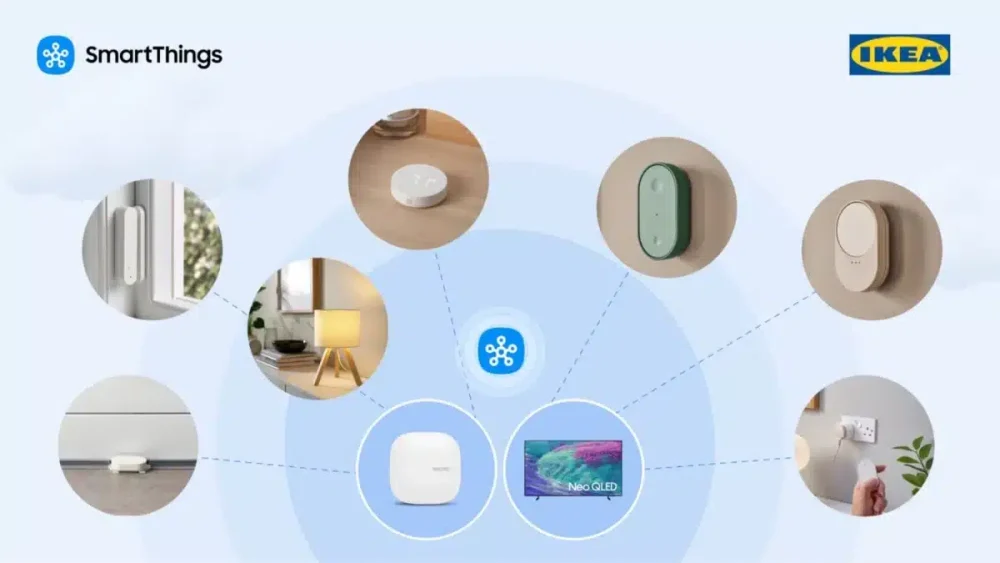In a powerful demonstration of its drive for technological self-reliance, China has launched a massive data center project powered not by American semiconductors, but by AI chips designed and built entirely within its own borders. The move is a direct response to ongoing U.S. trade restrictions and a significant milestone in the global AI arms race.
State broadcaster CCTV spotlighted the new facility, built by state-owned telecom giant China Unicom in Xining. The project, valued at $390 million, is a physical manifestation of China’s “silicon independence” policy, aiming to reduce its critical dependence on foreign technology, particularly chips from U.S. leaders like NVIDIA.
A Domestic Powerhouse
The scale of the project is immense and speaks to China’s serious commitment:
- Ultimate Goal: A planned computing capacity of 20,000 petaflops upon completion.
- Current Power: The first phase is already operational, delivering 3,579 petaflops of computing power.
- Domestic Muscle: This initial capacity is achieved using nearly 23,000 AI chips from Chinese suppliers.
- Market Leader: Alibaba’s chip unit, T-Head, supplied 72% of the currently installed chips, establishing it as a national champion in this effort.
The project also showcases a concerted effort to nurture a full domestic ecosystem. Other Chinese chipmakers like Biren Tech, MetaX, and Zhonghao Xinying are also contributors, with future plans to incorporate chips from Moore Threads and Enflame.
The Geopolitical Backdrop: A Response to US Pressure
The timing and publicity of this launch are highly strategic. It comes amid heightened U.S.-China trade tensions, where Washington has focused on blocking the export of advanced semiconductors to China on national security grounds.
This data center is China’s answer. It serves two crucial purposes:
- Practical Independence: It proves that China can build and deploy high-performance computing infrastructure without relying on NVIDIA or other U.S. companies.
- Political Messaging: It sends a clear signal to both domestic and international audiences that U.S. sanctions, rather than crippling China’s tech sector, are accelerating its push for innovation and self-sufficiency.
The NVIDIA Challenger
A key detail from the coverage highlights the competitive ambition. Alibaba’s T-Head has developed an AI chip (the PPU) that features 96GB of memory using HBM2e technology. The state broadcast directly compared it to NVIDIA’s H20, the most advanced chip the U.S. government currently allows NVIDIA to sell in China, positioning it as a direct domestic替代品 (alternative).
This indicates that China isn’t just building for its own market; it’s aiming to create viable competitors to global leaders, at least within the confines of its own vast domestic ecosystem.
Analysis
This is more than just a data center; it’s a geopolitical landmark.
- A Successful Decoupling Test: The project demonstrates that China can indeed create a high-performance AI compute stack entirely from domestic sources. This reduces the potential impact of future U.S. sanctions.
- The Rise of “Chipecosystems”: The world is splitting into distinct technology spheres. The U.S.-led ecosystem (NVIDIA, AMD, Intel) and the China-led ecosystem (T-Head, Biren, HiSilicon) are now developing in parallel. This could lead to different technological standards and innovation paths in the long term.
- A Note of Caution: While an impressive achievement, it’s important to contextualize the success. Catching up to the absolute cutting-edge performance of Western chips is one thing; sustaining innovation and manufacturing at the very leading edge without access to global collaboration is another challenge entirely.
The Bottom Line
China Unicom’s Xining data center is a powerful symbol of China’s technological resolve. It proves that the country has the capability to forge its own path in critical technology. For the global tech industry, it signals the firm establishment of a bifurcated market, where two separate tech stacks will evolve side-by-side, defining the next chapter of global competition not just in AI, but in all the technologies that depend on it.


